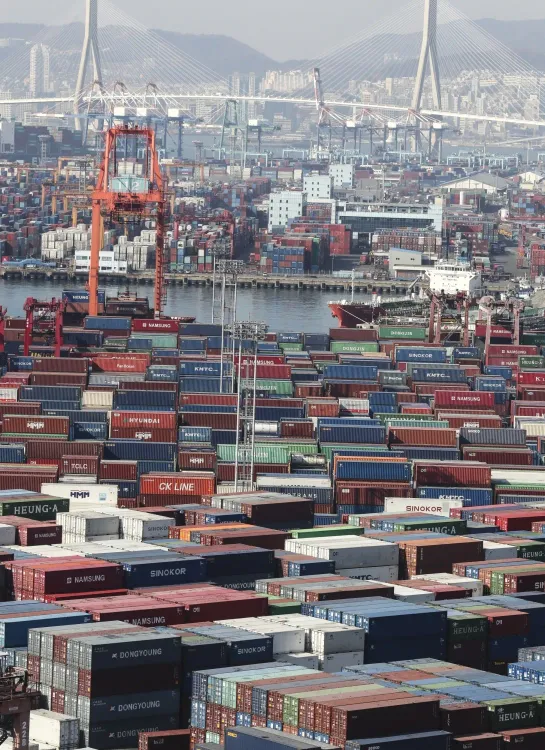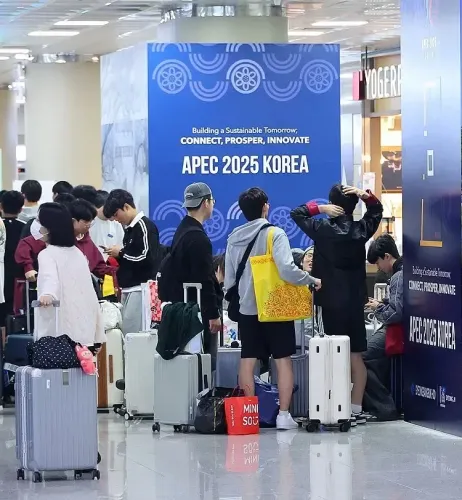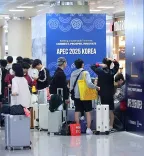Hyundai and Samsung Prepare for Significant U.S. Tariffs

Synopsis
Key Takeaways
- Hyundai aims to increase U.S. production capacity significantly.
- Kia is considering price adjustments in response to tariffs.
- GM Korea may shift production to U.S. factories.
- Samsung and SK hynix are preparing for semiconductor tariffs.
- Semiconductors are a major export for South Korea.
Seoul, Feb 19 (NationPress) South Korean automotive and chip manufacturers are strategizing to handle the impending significant tariffs on their exports to the U.S., industry analysts noted on Wednesday. This comes after U.S. President Donald Trump declared plans to implement auto tariffs of approximately 25 percent and similar rates on semiconductors.
Trump stated his intention to introduce these duties on auto imports starting as early as April 2, alongside similar or higher tariffs on semiconductor and pharmaceutical sectors, although no specific timelines for these sectors were mentioned.
Industry analysts report that Hyundai Motor Group has been preparing for these tariffs since Trump’s re-election by accelerating efforts to expand its production capacity in the U.S., according to Yonhap news agency.
The South Korean automotive powerhouse aims to enhance the production capacity of its Hyundai Motor Group Metaplant America (HMGMA) in Georgia from 300,000 to 500,000 units annually.
Moreover, it intends to utilize output from its Alabama and Georgia plants, currently producing 356,100 units and 340,000 units per year, respectively, to increase the group’s total U.S. production capability.
This initiative aims to reduce tariff-related expenses by raising the percentage of vehicles sold directly from U.S. facilities. However, expanding local production may incur additional costs, prompting careful consideration of specific expansion tactics.
Of the 1.7 million vehicles Hyundai Motor and Kia sold in the U.S. last year, around 60 percent were produced in South Korea.
Kim Seung-jun, the chief financial officer at Kia, mentioned during a recent earnings conference call that the anticipated tariffs could lead to short-term financial challenges, pushing the company to explore price modifications and relocation of production as long-term strategies.
GM Korea, the South Korean division of General Motors, exports about 84 percent of its production to the U.S. market. Therefore, the company is also closely monitoring developments related to tariff policies. Analysts suggest that GM’s headquarters might shift GM Korea’s production volume to its U.S. factories.
South Korean auto parts suppliers are similarly assessing the viability of boosting their production capabilities within the U.S.
Chip manufacturers, including Samsung Electronics and SK hynix, are also preparing for the repercussions of Trump’s tariff warning regarding semiconductors.
Semiconductors were South Korea’s third-largest export to the U.S. last year, with total shipments reaching US$10.6 billion, as reported by the Korea International Trade Association.
“With South Korean semiconductors constituting roughly 7 percent of total U.S. chip imports, a minimum 25 percent tariff would undoubtedly affect the industry,” stated an industry source who preferred to remain anonymous.









